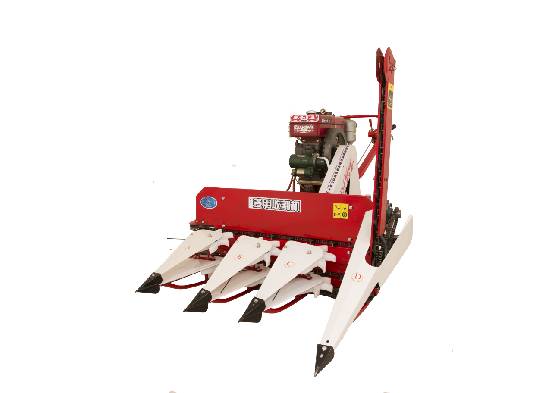forage machine
The Evolution and Importance of Forage Machines in Agriculture
Forage machines have become an essential component of modern agriculture, particularly in enhancing the efficiency of livestock farming. These machines are specifically designed to process, harvest, and manage forage crops, which are vital for providing nutritious feed to animals. The evolution of forage machinery has significantly impacted how farms operate, leading to improved productivity and sustainability.
Historically, farmers relied on manual labor to harvest and prepare forage crops such as hay, silage, and pasture. This method was not only time-consuming but also labor-intensive, making it challenging for farmers to keep up with the demands of their livestock. However, with the advent of mechanization in the 20th century, forage machines like mowers, rakes, and forage harvesters began to transform agricultural practices. These innovations allowed farmers to efficiently cut, dry, and store forage crops, ultimately leading to higher yields and better quality feed.
Modern forage machines are equipped with advanced technology, such as GPS and precision farming tools, enhancing their capabilities even further. These features enable farmers to optimize harvesting times, reduce waste, and ensure that the forage is processed at the ideal moisture content. Moreover, some machines can perform multiple functions, combining cutting, chopping, and packing into a single operation. This versatility not only saves time but also reduces the need for multiple pieces of equipment, lowering operational costs.
forage machine

The importance of forage machines extends beyond mere efficiency. In an era where sustainability is paramount, these machines play a crucial role in promoting environmentally friendly farming practices. For example, efficient forage management can lead to lower carbon emissions and reduced soil erosion. By utilizing precision techniques, farmers can minimize the use of fertilizers and pesticides, contributing to healthier ecosystems.
Furthermore, the increasing global population demands more food, which in turn places additional pressure on agricultural systems. Forage machines enable farmers to maximize their output while maintaining animal health and welfare. As livestock production grows, the ability to provide consistent and high-quality forage becomes critical.
In conclusion, forage machines are indispensable tools in contemporary agriculture. Their evolution from traditional methods to advanced mechanization has reshaped the way farmers manage forage crops. By improving efficiency, promoting sustainability, and enhancing animal nutrition, these machines are integral to meeting the challenges of modern-day agriculture and ensuring food security for the future.
Latest news
-
When to Upgrade Your Old Forage HarvesterNewsJun.05,2025
-
One Forage Harvester for All Your NeedsNewsJun.05,2025
-
Mastering the Grass Reaper MachineNewsJun.05,2025
-
How Small Farms Make Full Use of Wheat ReaperNewsJun.05,2025
-
Harvesting Wheat the Easy Way: Use a Mini Tractor ReaperNewsJun.05,2025
-
Growing Demand for the Mini Tractor Reaper in AsiaNewsJun.05,2025







